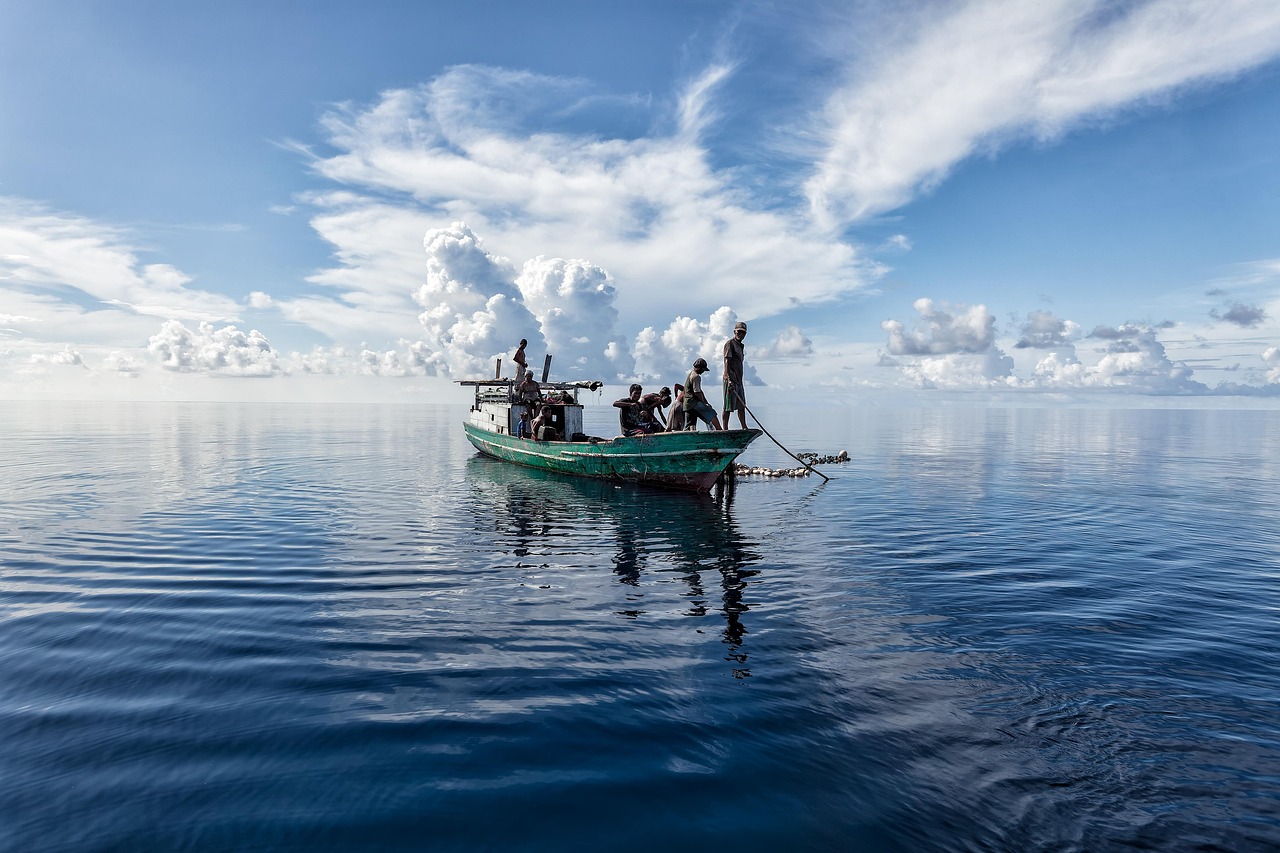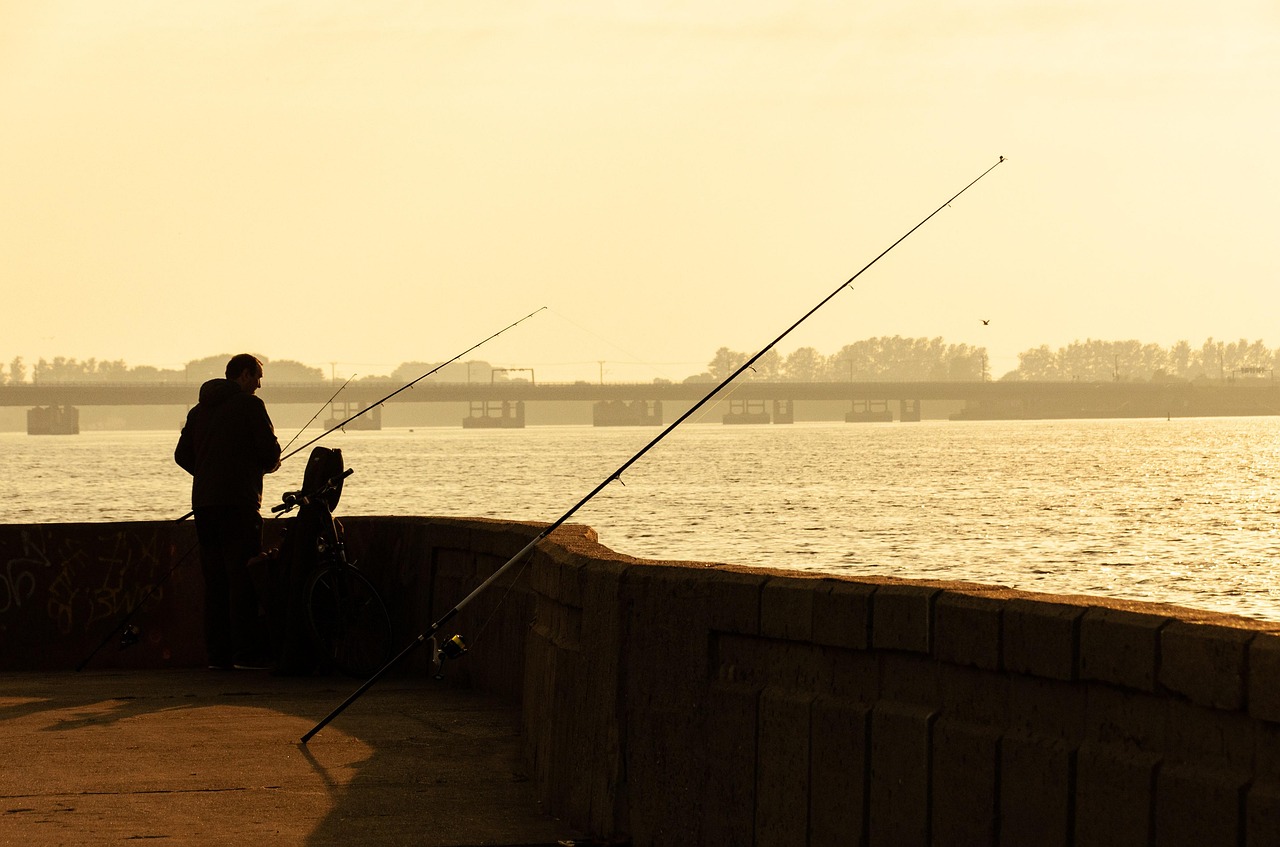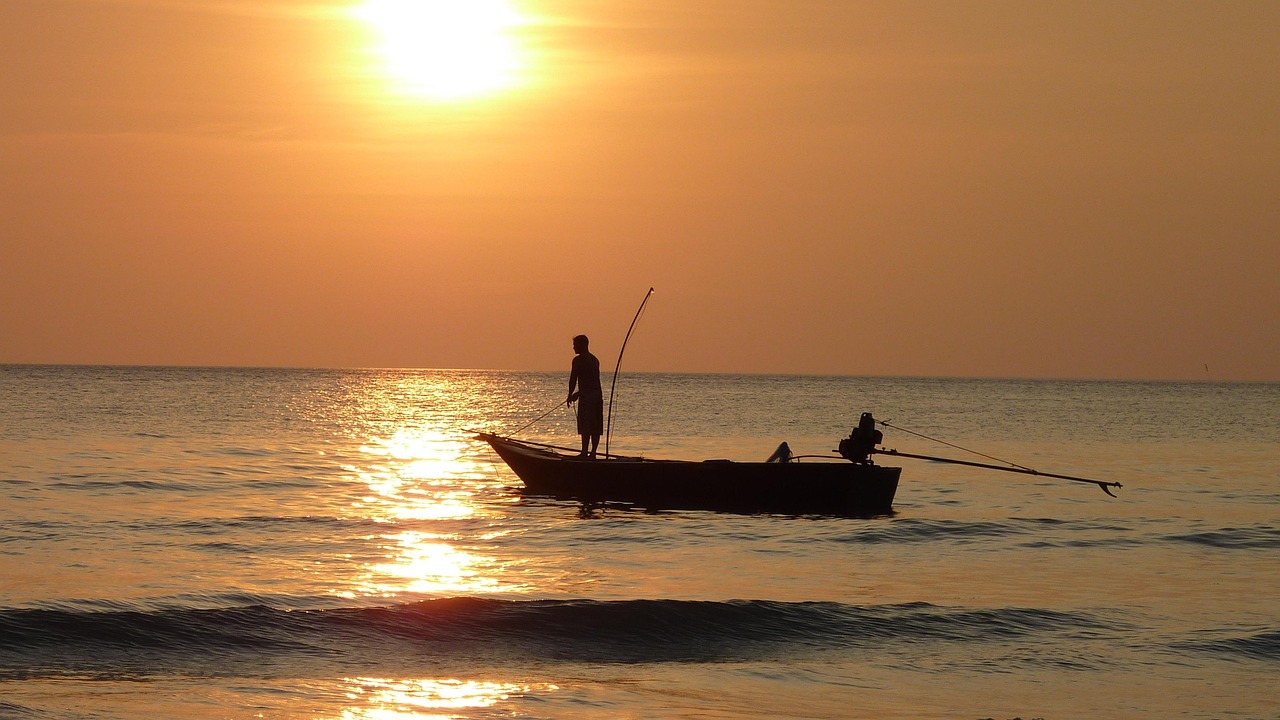Fishing in Mexico offers a unique opportunity to explore the country’s rich marine biodiversity, whether you’re hoping to reel in a big catch or simply enjoy a peaceful day on the water. However, to fish legally, you must obtain a valid fishing license. In 2025, the process of getting a Mexican fishing license is fairly straightforward, but there are key steps and regulations that you must follow to avoid fines or other penalties. Here’s a detailed, step-by-step guide to help you navigate the process and get ready for your fishing adventure.
1. Determine the Type of Fishing You’ll Be Doing
The first step in obtaining your fishing license is to determine the type of fishing you’ll be doing. This will affect the type of license you need to apply for, as well as the cost and application process.
- Recreational Fishing: If you are fishing for leisure (whether for catch-and-release or keeping your catch), you’ll need a recreational fishing license. This is the most common type for tourists and non-commercial fishers.
- Commercial Fishing: If you plan on fishing for business purposes, such as operating a charter boat or selling fish, you’ll need a commercial fishing license. This requires more documentation and can be more expensive.
Make sure you are clear on your fishing intentions, as the steps and fees for each type of license are different.
2. Identify Your Fishing Location
Fishing licenses in Mexico are issued based on specific regions, and different areas may have different regulations and fees. Mexico has a variety of coastal regions, each with unique fishing rules. Some of the most popular regions for tourists include:
- Baja California
- Quintana Roo
- Yucatán Peninsula
It’s crucial to identify where you will be fishing, as licenses are issued per region. Certain protected areas or marine reserves may have additional regulations, and you may need a special permit for those zones. You can usually check the region’s specific rules on the CONAPESCA website or through local authorities.
3. Understand Who Needs a License
In Mexico, anyone fishing in Mexican waters—whether for recreational or commercial purposes—needs a license. However, there are some exceptions for specific groups:
- Foreign Tourists: All foreigners, including tourists, must have a valid recreational fishing license if they plan to fish in Mexican waters. This applies whether you’re fishing from a boat, a pier, or even from the shore.
- Mexican Nationals: Mexican citizens need a license for both recreational and commercial fishing. However, residents may have different requirements in terms of fees or documentation.
- Children: Children under the age of 12 are generally exempt from requiring a license for recreational fishing. However, they still need to follow regulations about the size and species of fish caught.
Always check the specific region’s requirements to avoid misunderstandings or penalties.
4. How to Apply for a Fishing License
A. Apply Online
For convenience and speed, you can apply for your Mexican fishing license online via the National Commission of Aquaculture and Fisheries (CONAPESCA) website. This is the preferred method for most tourists and locals.
- Visit the Official CONAPESCA Website
Go to CONAPESCA’s official website. This is where you’ll complete the application process.
- Create an Account
Register with your basic personal information, including your passport number (if you’re a foreigner) and your contact details.
- Select the Type of Fishing
Choose whether you will be doing recreational or commercial fishing and specify the region where you’ll be fishing. If you’re fishing for a single day or a week, you can opt for a short-term license.
- Fill in the Application Form
Provide further details, such as the duration of your fishing trip, the species you plan to target, and any other necessary information.
- Pay the License Fee
Once you’ve completed your form, you’ll be prompted to pay the license fee through a secure online payment system. The cost will depend on the type of fishing and duration (see the fees section below).
- Receive Your License
After payment, you will receive an electronic version of your license, which you should either print out or keep available on your phone for inspection.
B. Apply In-Person
If you prefer, you can also apply for your fishing license in person. This may be a good option if you’re in a popular fishing destination like Cancún, La Paz, or Puerto Vallarta.
- Visit a Local Marina or Charter Operator
Many fishing marinas or charter boat companies will help you obtain a fishing license, especially if you’re booking a guided fishing trip. Contact your guide or charter operator in advance to confirm they will assist with the license process.
- Head to a CONAPESCA Office
Alternatively, you can go directly to a CONAPESCA office in coastal cities to apply for your license. Be sure to bring your passport and any other required documents, such as proof of accommodation or travel details.
5. Fees for Fishing Licenses
The cost of a Mexican fishing license varies depending on the type of fishing you’ll be doing, the length of your trip, and the region. Here’s an overview of typical costs:
- Recreational Fishing:
- Day Passes (Short-term): These generally cost between $10–$20 USD per day, which is ideal if you’re only fishing for a day or two.
- Annual Licenses (for Tourists): These range from $50–$150 USD for a full year of recreational fishing, depending on the location and species you plan to target.
- Commercial Fishing:
If you’re fishing for commercial purposes, the cost will be significantly higher, and you may need additional documentation, such as proof of business registration and detailed fishing plans.
You can pay the fees online or at local offices, but always check if there are any additional processing or handling fees.
6. Know the Fishing Regulations
Before you start fishing, familiarize yourself with local fishing regulations. Mexico has rules regarding fishing seasons, catch limits, and protected species to ensure sustainable fishing practices. Some things to keep in mind:
- Fishing Seasons and Species Restrictions: Certain species are only available to catch during specific seasons, such as marlin, tuna, and grouper. Fishing during off-limits periods could result in fines.
- Catch Limits: Mexico enforces limits on how many fish you can catch per day, as well as restrictions on their size. These regulations vary depending on the species and the region.
- Marine Protected Areas (MPAs): Some areas have stricter fishing rules, including no-fishing zones. Make sure to check if your fishing area falls within an MPA and if special permits are needed.
7. Fishing with a Guide or Charter
If you choose to fish with a licensed guide or charter, they are usually responsible for handling the fishing license for you. However, it’s a good idea to confirm with the guide or operator that the license is included in your package. Most reputable operators will take care of this for you to ensure compliance with all local laws.
- Confirm in Advance: Always check with your charter company to ensure they are legally authorized to operate and provide you with a fishing license.
- License Validity: Even if the guide handles your license, carry a copy with you while fishing to avoid issues during a spot check by authorities.
8. Carry Your License
Whether you obtained your license online or in person, always keep your fishing license with you while fishing. Mexican authorities frequently perform random inspections, especially in tourist-heavy areas. If you’re caught fishing without a valid license, you could face penalties, including fines or gear confiscation.
9. Other Considerations
- Catch-and-Release: If you plan on practicing catch-and-release fishing, make sure to follow any additional rules or guidelines regarding fish handling and conservation.
- Local Regulations: Some regions or species may have unique requirements. Always check the latest regulations from local authorities or your guide to avoid any surprises.
Conclusion
Getting your Mexican fishing license in 2025 is an easy process that helps ensure you’re fishing legally and sustainably. By following the steps outlined in this guide, you’ll be well-prepared to fish in Mexico’s beautiful waters, whether you’re casting a line for fun or running a fishing business. Always verify the region-specific rules, and don’t forget to check with your guide if you’re booking a charter. With the right preparation, you’ll have a smooth and enjoyable fishing experience in Mexico.


